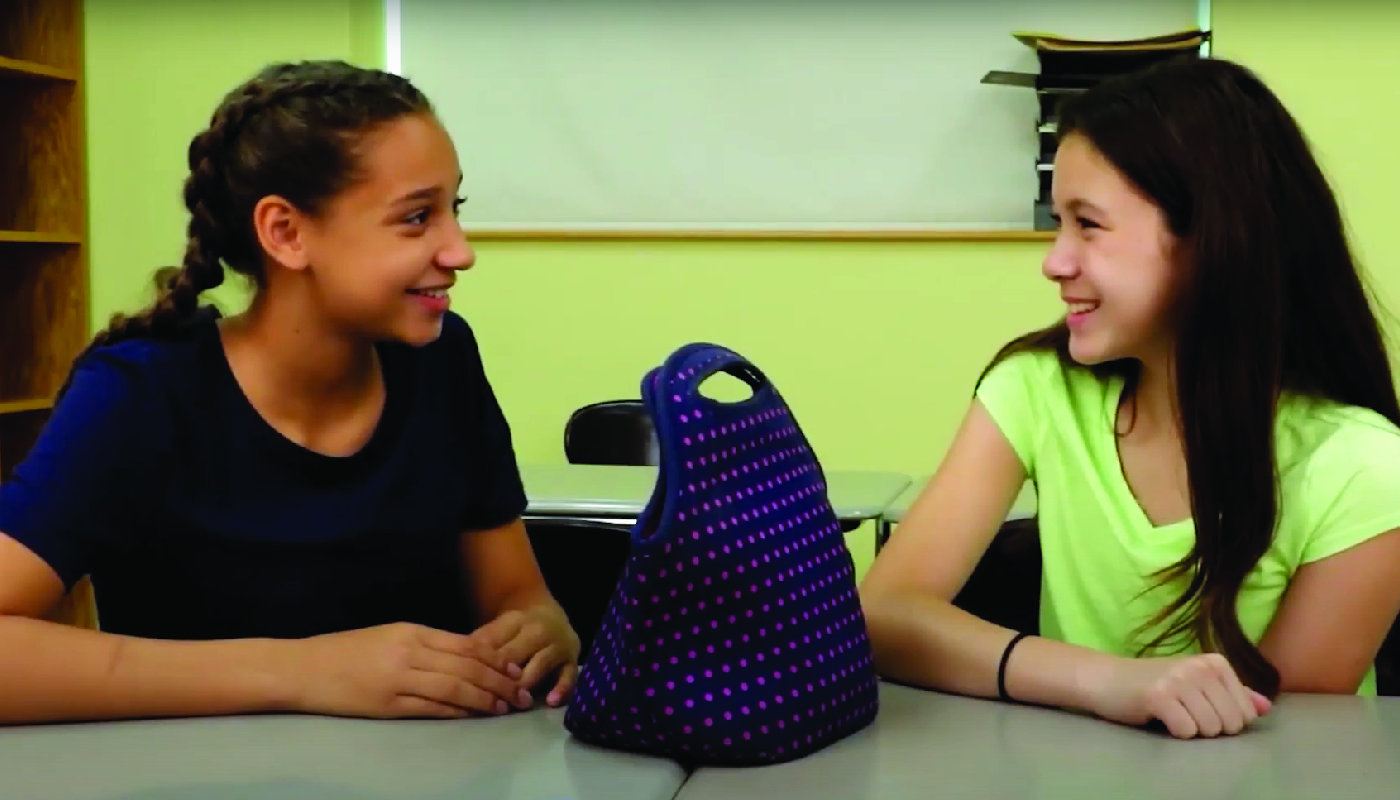
Introduction
Educators play a crucial role in teaching students essential social-emotional skills. One such skill is eye contact. Making eye contact is an important aspect of communication that helps convey interest and attentiveness. When we make eye contact, we demonstrate to others that we are actively listening and engaged in the conversation. In this blog post, we will discuss an easy, no-prep activity to teach eye contact, followed by discussion questions, related skills, and next steps to continue building upon this foundational skill.
No-Prep Activity: The Eye Contact Game
This simple activity requires no preparation or materials, making it a perfect choice for busy educators. Here’s how to play:
- Have students form a circle, either standing or sitting.
- Explain the importance of eye contact and its role in effective communication.
- One student will begin by making eye contact with another student in the circle and saying their name.
- The student whose name was called will then make eye contact with a different student, say their name, and continue the process.
- The game continues until every student has had a turn to make eye contact and call out a name.
This activity helps students practice making eye contact and become more comfortable with this important social-emotional skill. It also encourages them to learn each other’s names, fostering a sense of community in the classroom.
Discussion Questions
After completing the Eye Contact Game, engage your students in a discussion to reinforce the importance of eye contact. Here are some questions to get the conversation started:
- Why do you think eye contact is important in communication?
- How do you feel when someone is talking to you but not making eye contact? How does it affect the conversation?
- Can you think of a situation where making eye contact might be difficult or uncomfortable? How can you work on improving your eye contact in those situations?
- How can practicing eye contact help you build better relationships with your peers and teachers?
- What are some strategies you can use to remind yourself to make eye contact when speaking or listening to others?
Related Skills
Beyond eye contact, there are several other social-emotional skills that contribute to effective communication and positive relationships. Some of these related skills include:
- Active listening: This involves not only making eye contact but also using verbal and non-verbal cues to show you are paying attention to the speaker.
- Empathy: Understanding and sharing the feelings of others can help foster stronger connections and improve communication.
- Body language: Non-verbal communication, such as facial expressions, posture, and gestures, can convey important information during conversations.
- Assertiveness: Expressing your thoughts and feelings in a confident and respectful manner can help you communicate more effectively with others.
- Conflict resolution: Developing the ability to navigate disagreements and find solutions that work for everyone involved is a vital skill for maintaining healthy relationships.
Next Steps
Now that you have introduced the concept of eye contact and its importance in communication, it’s time to explore additional resources and activities to support your students’ social-emotional learning journey. Sign up for free sample materials at Everyday Speech to access a wealth of resources designed to help students develop essential social-emotional skills.





